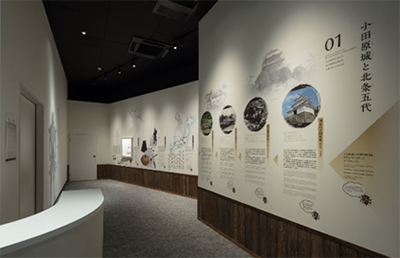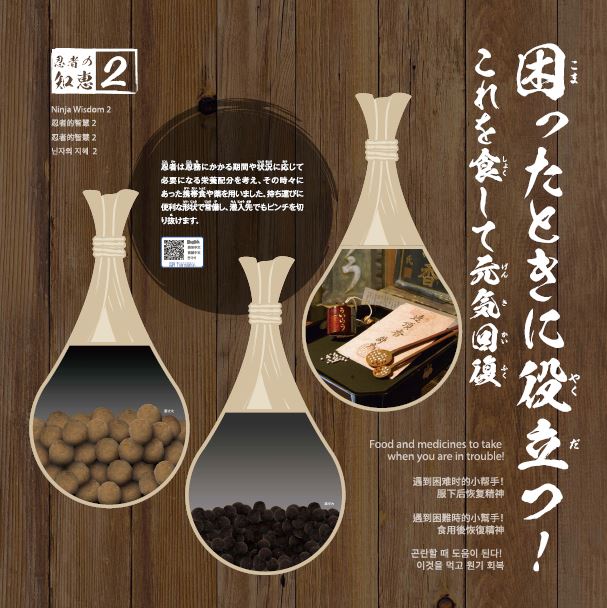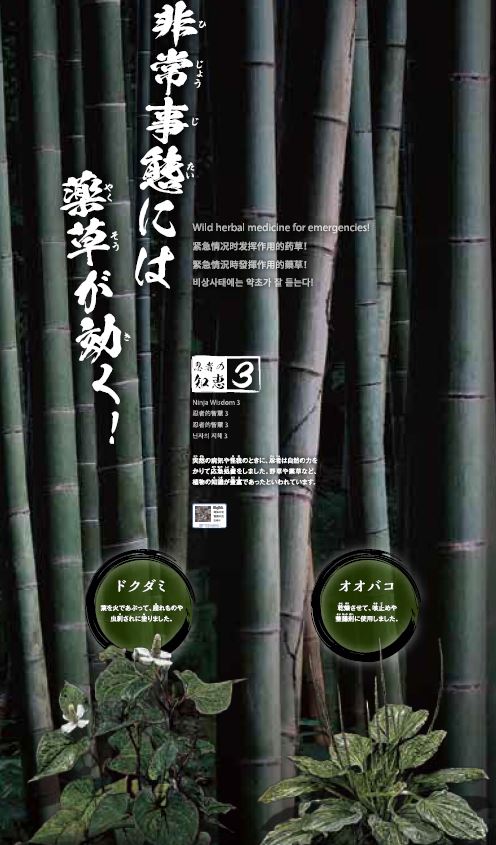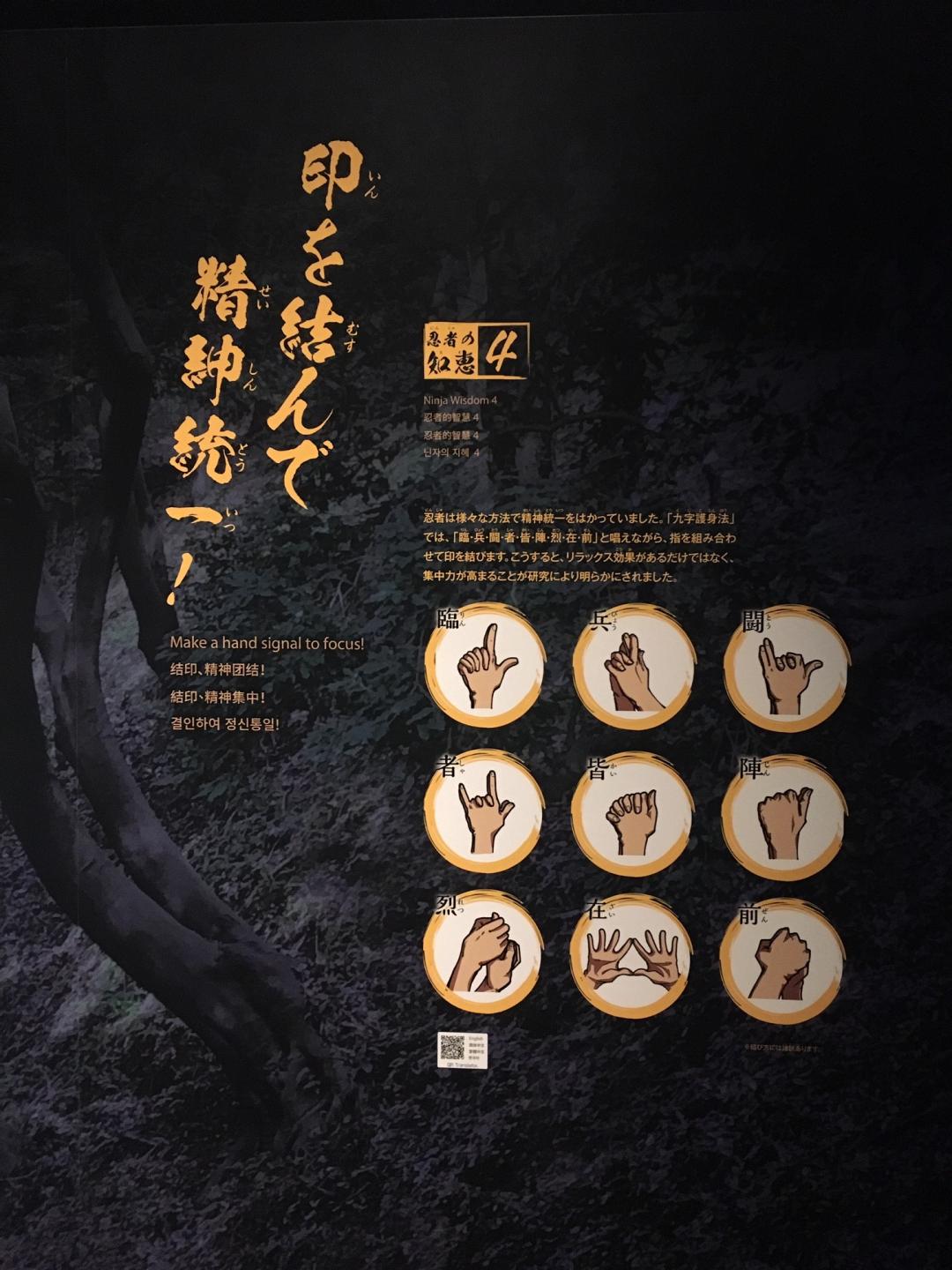Odawara Castle NINJA Museum
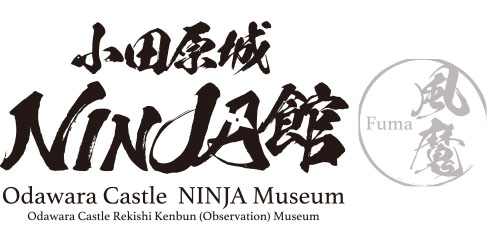





Odawara built by five generations of the Hojo family
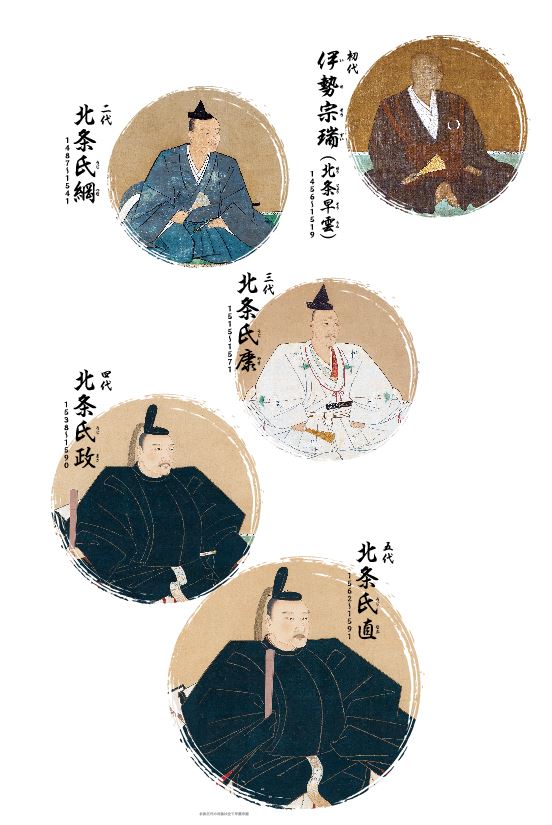
1st Ise Sozui (Hojo Soun) 1456–1519
The first Hojo, Ise Sozui, started out as a bureaucrat of the Muromachi government. He moved to Suruga (current Shizuoka) from Kyoto to help his nephew Imagawa Ujichika, and then moved to Sagami (current Kanagawa) via Izu to become a warlord.
2nd Hojo Ujitsuna 1487–1541
The second generation Hojo, Ujitsuna, set up and developed Odawara as his base. He changed his surname from Ise to Hojo, which was originally a name from the Kanto region, to stake his claim as a lord of the region. His endeavors going forward were important groundwork for the later prosperity of the Odawara Hojo family.
3rd Hojo Ujiyasu 1515–1571
The third-generation lord, Ujiyasu, succeeded in expanding on the existing territory for the dynasty, despite the fact that there were some powerful contemporary warlords to deal with, such as Takeda Shingen, Uesugi Kenshi, and Imagawa Yoshimoto. He secured the reign of the Odawara Hojo family by clarifying and balancing their political policies in both domestic affairs and diplomacy.
4th Hojo Ujimasa 1538–1590
The fourth-generation leader, Ujimasa, was the one who truly maximized the territory of the Odawara Hojo family by forming an alliance with Tokugawa Ieyasu. However, this meant he became an enemy of Toyotomi Hideyoshi. Later, Ieyasu made a decision to serve Hideyoshi, but Ujimasa remained firmly against Hideyoshi.
5th Hojo Ujinao 1562–1591
As the fifth generation, Ujinao, was still young when he became lord, Ujimasa still remained as the actual person at the helm. Although, at this time, he was proceeding with peace negotiations with Toyotomi Hideyoshi, they eventually ended up fighting against each other. After losing the fight, Ujinao pleaded for the lives of his retainers and the people in this domain to be spared. This was well received by Hideyoshi, and he did indeed spare one and all.
Some top ninjas in the Warring States Period
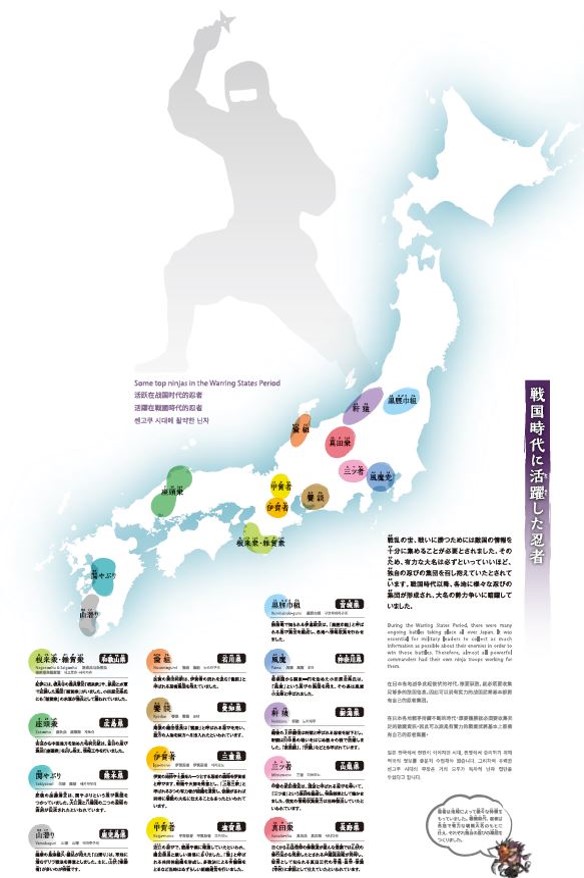
Kurohabaki-gumi(Miyagi Prefecture)
This secret Kurohabaki-gumi troop was formed by Date Masamune.
Fuma(Kanagawa Prefecture)
The Odawara Hojo family, which reigned over an extended area from Sagami to Kanto, had a covert troop called Fuma.
Nokizaru(Niigata Prefecture)
Uesugi Kenshin had a ninja troop called Nokizaru.
Mitsumono(Yamanashi Prefecture)
Takeda Shingen organized a troop called Mitsumono, consisting of ninjas called Suppa.
Sanada-shu(Nagano Prefecture)
The Togakushi style of ninjutsu (ninja strategy and tactics) was developed in the Shinano region, and this troop served three generations of the Sanada Family: Yukitaka, Masayuku, and Nobushige (Yukimura). These men were commanders known to be highly skilled in strategy.
Nusumi-gumi(Ishikawa Prefecture)
Maeda Toshiie from the Kaga Domain had a ninja troop, called Nusumi-gumi, which came from the school of Iga-mono.
Kyodan(Aichi Prefecture)
Oda Nobunaga’s ninja troop was named Kyodan.
Iga-mono(Mie Prefecture)
Iga-mono is the name given to ninjas, who used to be warriors or farmers from the Iga region. Their specialties were tricks with magic and fire.
Koka-mono (Shiga Prefecture)
Koka-mono is the ninja troop of the Omi region. They were known to be knowledgeable in the medical and pharmaceutical fields, and worked closely with Oda Nobunaga.
Negoro-shu & Saika-shu(Wakayama Prefecture)
Negoro-shu was a troop of ninja monks from Negoro-ji Temple; Saika-shu was a ninja troop who was armed with guns and sometimes formed a navy for water-borne assaults.
Zato-shu(Hiroshima Prefecture)
Mori Motonari led a blind ninja troop, called Zato-shu.
Sekiyaburi(Kumamoto Prefecture)
Kato Kiyomasa’s ninja troop was called Sekiyaburi.
Yamakuguri(Kagoshima Prefecture)
The Shimadzu Family’s ninja troop, Yamakuguri, was known to be particularly good at guerrilla tactics, especially hiding in grassy areas.
Ninja Tools
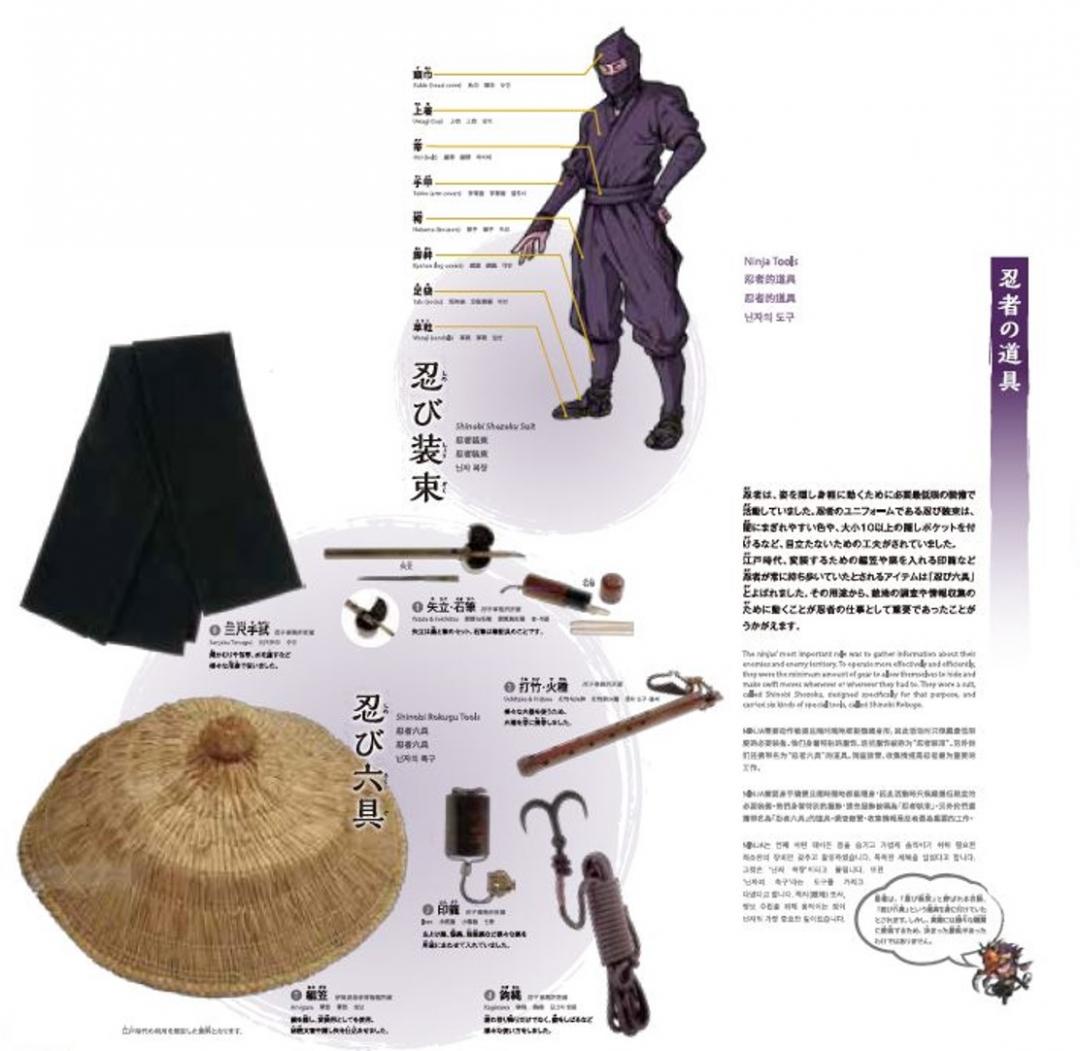
Shinobi Shozoku Suit
These suits were dyed in dark colors, such as navy blue and dark brown, instead of black, to allow ninjas to operate under the cover of darkness. Each suit had more than ten hidden pockets of different sizes.
Amigasa
A hat to cover the face and to be used as a disguise
Kaginawa
A rope with a hook that was used for different purposes, such as climbing up and down walls and tying up enemies
Uchitake & Hidane
An antiquated form of lighter and live coals used with different kinds of fire-using devices
Inro
A case for carrying different kinds of medicine
Yatate & Sekihitsu
A writing brush and chalk
Sanjaku Tenugui
A towel to be used as a head cover, a bandage, or for other purposes
Ninjas’ Weapons
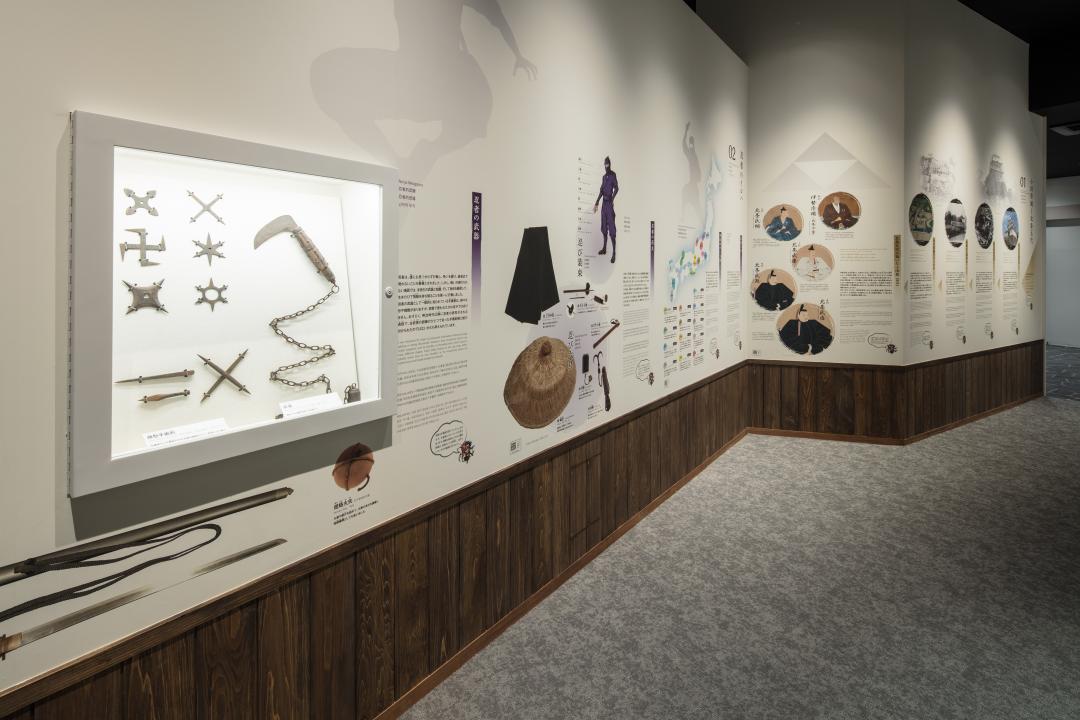
Shuriken
Famous star-shaped weapon of the ninja, but never actually known to have been used as a weapon on a real battlefield.
Stick-shaped shuriken
Thrown like a dart to knock enemies down
Kusari-gama, or chain sickle
Weapon developed from the agricultural sickle.
Ninja-to sword
This sword is slightly shorter than general swords.
Horoku-hiya
Filled with explosives, and used as a bomb.
Odawara’s Ninja—Fuma
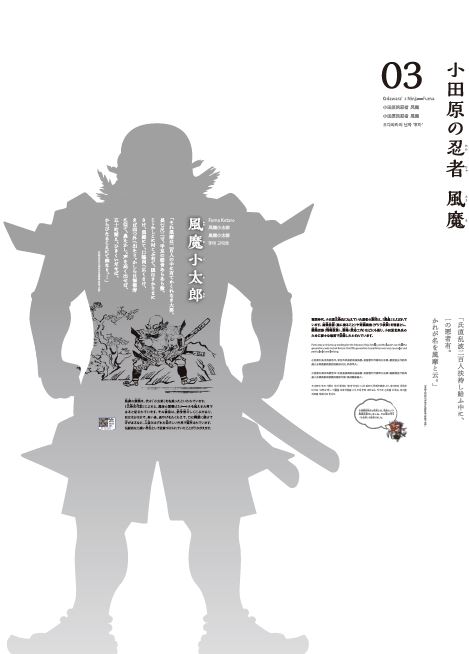
Fuma was a ninja troop working for the Odawara Hojo family, and the leader out of all the generations was named Kotaro. The fifth generation Fuma Kotaro was very muscular and particularly hard looking.
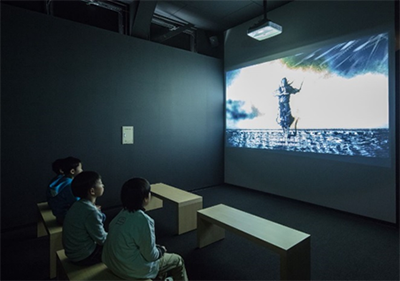
We must win at all costs.
During the Warring States Period in the 16th century, there was a legendary group of ninjas who served the Odawara Hojo family from the shadows.
Fuma—Covert operatives based in the Hakone mountains and known for their skills in battle.The head of the Fuma Ninjas was given the special name, Fuma Kotaro, which was passed down to successive leaders.
The Odawara Hojo family took advantage of the Fuma’s skills, and dominated the battlefield.Five generations of the Hojo family reigned in the Kanto region for around 100 years.
Odawara prospered as a hub of politics, economics and culture.
The power and extent of the Hojo family’s domain reached its peak under the fifth generation head Ujinao. However….
A history-making event was to occur that would hugely impact the reign of the Odawara Hojo family.
Toyotomi Hideyoshi declared war!
Toyotomi’s forces of around 160,000 soldiers completely surrounded Odawara Castle.
Right under their noses,Using silence and stealth,They gather information on the enemy.
That’s how the Fuma ninjas work.
Fuma ninjas! We have our orders! — Yes!
Odawara Castle has been surrounded by a large Toyotomi force. It is dangerous. What can we do….
Friends and allies! We need your help. Join with the Fuma ninjas to save Odawara.
Learn ninjutsu, sneak into Toyotomi’s territory, collect information, and deliver it to the castle.
We get the job done. That is Fuma!
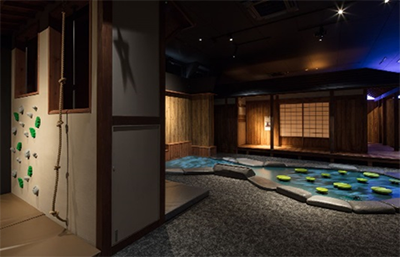
Ninja Wisdom 1 Many tactics to sneak into enemies’ territory!
Generally speaking, the best time for intrusion is in the deep of the night when everyone is asleep. For ninjas, everything was taken into consideration, including the lifestyle patterns and sleeping hours of everyone at the house, and this was researched well in advance. The idea for the tactic for telling the time in the dark was taken from cats’ eyes, whose pupils’ change shape according to the level of darkness.
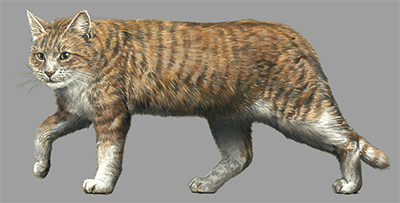
Ninjutsu 1 Disguising Tactic
Ninjas were experts in living someone else’s life without revealing their true selves in order to gather information of their enemies. These tactics were called “Shichihode,” or the seven occupations of disguise. They sometimes became monks to lower people’s defenses, sometimes merchants to gain entry into the houses of people in power, and sometimes street performers after training in entertaining skills.
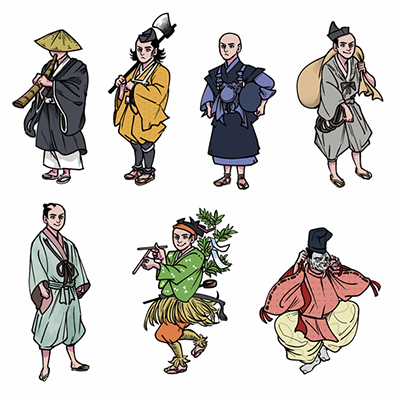 Ninjutsu 2 Intruding Tactic
Ninjutsu 2 Intruding Tactic
Ninja were required to have the superior physical ability to get into places without anyone noticing, by smoothly climbing over high fences and stonewalls. They developed their bodies through a harsh daily training regime to improve their abilities in jumping, speed of movement, and balance.
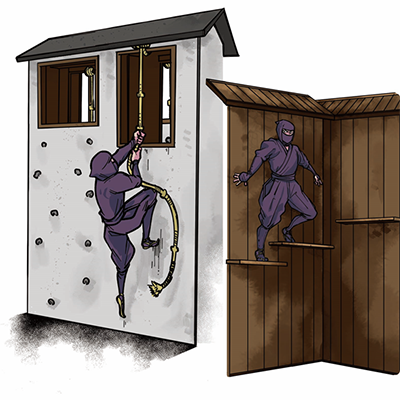
Ninjutsu 3 Water Tactic
Places containing water, such as moats, ponds and other waterways, were serious obstacles for ninjas to traverse. They tried to avoid getting wet as much as possible, and crossed water without making a single ripple or sound.
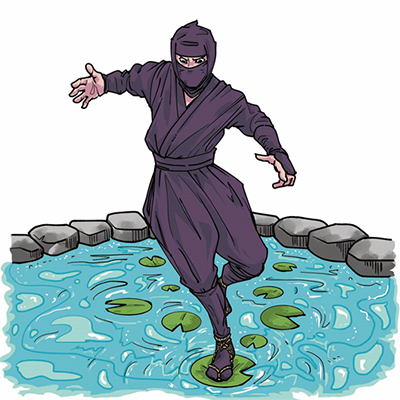
Ninjutsu 4 Walking Tactic
Walking without making a sound is the most basic of basic skills for ninjas. Out of a variety of walking methods, according to the situation, the most famous was the “nukiashi” technique, in which they drew up one foot slowly with the toes pointed downwards before placing the foot gently back to the ground.
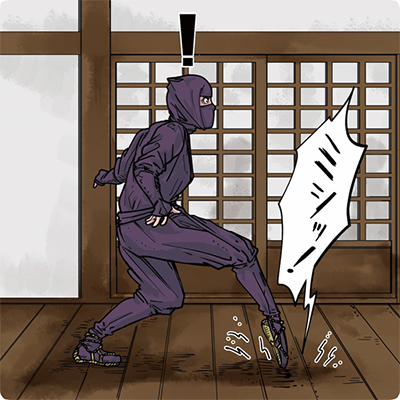
Ninjutsu 5 Houses with Hidden Secrets
Most big houses at that time had various hidden secret areas to fool intruders, such as emergency doors to block enemies and hidden underfloor weapon storage areas. Look through every corner of the house to find important information.
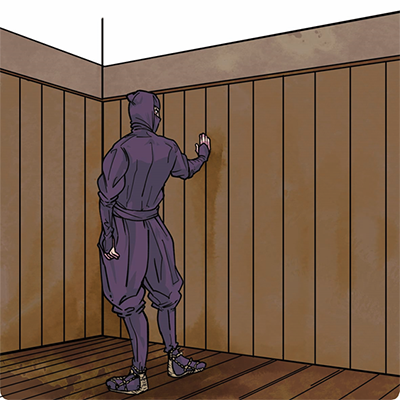
Ninjutsu 6 Memory Tactic
One of the most important missions for a ninja was to secretly deliver collected information without leaving a trace. To do it successfully, they developed their own original memorization tactics. For example, some memorized information by connecting it to something they were most familiar with.
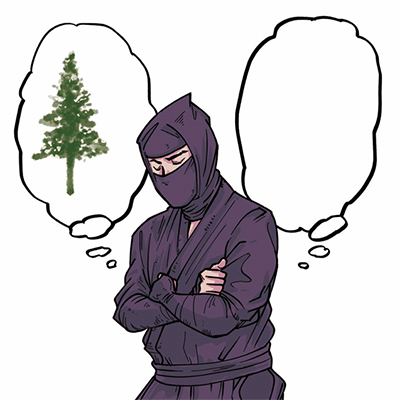
Ninjutsu 7 Hiding Tactic
Ninjas used a variety of methods to hide themselves so that enemies were unaware of their presence. These included “Konoha-gakure (hiding behind tree leaves)”: hiding in shade or behind walls; “Kusaba-gakure (hiding behind grass)”: hiding in bushes; and “Uzura-gakure (quail hide)”: disguising oneself as a rock by rounding the body in imitation of a quail.
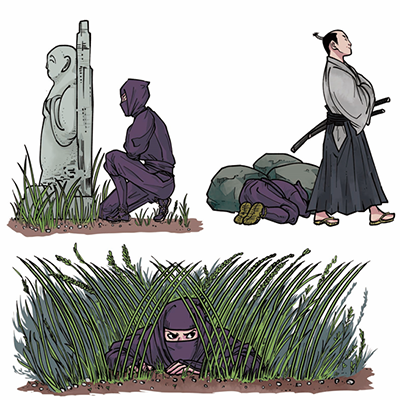
Ninjutsu 8 Tactic to Discover Enemies (“Tachisuguri Isuguri”)
“Tachisuguri Isuguri,” or stand or sit, is a method to help distinguish between allies and enemies. Among a group of ninjas, when one says a code, everyone stands or sits at the same time. If one does not respond to the code, this person is the enemy. This was a tactic Fuma was very good at. According to the historic book on the five generations of the Hojo family, they used this method to discover and kill all the enemies that sneaked into their ranks during the battle of the Kisegawa River against the Takeda military from Kai in 1581.
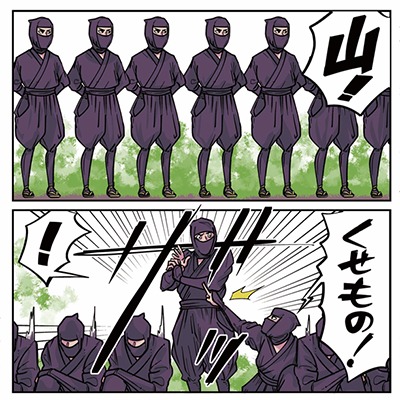
Ninja Wisdom 2 Medicines to take when you are in trouble!
Ninjas created food and medicine to supplement nutrition in convenient, portable form according to the length and situation of the mission. This is one of the methods to get through a tough assignment.
○Hyoro-gan is for hunger.
Main ingredients were a large amount of crystallized sugar and medicinal herbs, such as ginseng, cinnamon, and Nelumbo seed. These were cooked down or dried and formed into a ball shape.
*Ingredients, production methods, and names vary according to region.
○Suikatsu-gan for thirst.
Main ingredients were salt-pickled plums, crystallized sugar, and ophiopogon tuber, a medicinal herb that is known to ease throat pain. These were powdered, mixed well together and then dried.
*Ingredients, production methods, and names vary according to region.
○Tonchinko is for poor body conditions.
A ball-shaped medicine, made with a variety of medicinal herbs, such as ginseng, cinnamon, and licorice. The Uiro Family in Odawara still manufactures this medicine today.
Ninja Wisdom 3 Wild herbal medicine for emergencies!
Ninjas took natural treatment for emergency sickness or injury. They were very knowledgeable about wild plants that could help them in such situations.
Dokudami (Houttuynia)
Ninjas would heat up houttuynia leaves over a flame and applied them to those parts that were swollen or had been bitten by insects.
Obako (Plantain)
Ninjas used dried plantain to cure coughs and intestinal ailments.
Ninja Wisdom 4 Make a hand signal to focus!
Ninjas used various methods to help them concentrate their minds. One of them used nine kanji characters: Rin, Hyo, To, Sha, Kai, Jin, Retsu, Zai, and Zen. They chanted each sound, and made hand signals* for each. This method helped them relax and enhanced their ability of concentration. Research has proved this to actually be very reliable and effective.
* Hand signals vary.
Mission Sheet
Did you solve the secret code?
The answer:Hi-de-yo-shi
Toyotomi Hideyoshi established his military headquarters at Soun-ji Temple, and ordered a castle built on top of an opposite mountain, Mt. Kasagake, where they could overlook Odawara Castle. This was the first castle entirely built on walls of piled natural stones in the Kanto region. This castle, which had to be built secretly, was later called a stonewall castle made in one night.

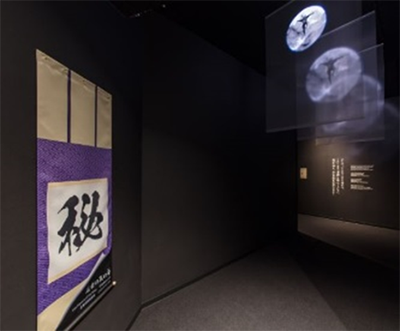
True Aspects of the Ninja
The existence of ninja called “Fuma” has not actually been proven by any reliable sources. However, there are six remaining documents that refer to a person named “Kazama” or “Kazama Dewanokami” with the same kanji characters but different pronunciation.
The Warring States Period, during the 15th and 16th centuries, was the time when feudal lords ruthlessly competed against each other. In order to gain information on the enemies they were going to attack, most of them hired troops of covert agents, or ninja, who were equipped with special skills. Ninjas around this time were actually those who excelled in thievery and conspiracy tactics, somewhat similar to bandits, pirates and robbers.
However, in the Edo Period that followed, Mansen Shukai, a book of ninja skills, was compiled, and stated clearly that ninja should operate with the right mindset and attitude in support of important causes, and not through personal greed. It was apparently indispensable to clearly state this, as ninjas were hired by those who led the general public for their special abilities and skills, which could be as dangerous as those of thieves.
True ninjas, after all, were some of the toughest members of the forces assembled to help others survive the difficult situations of the times.


